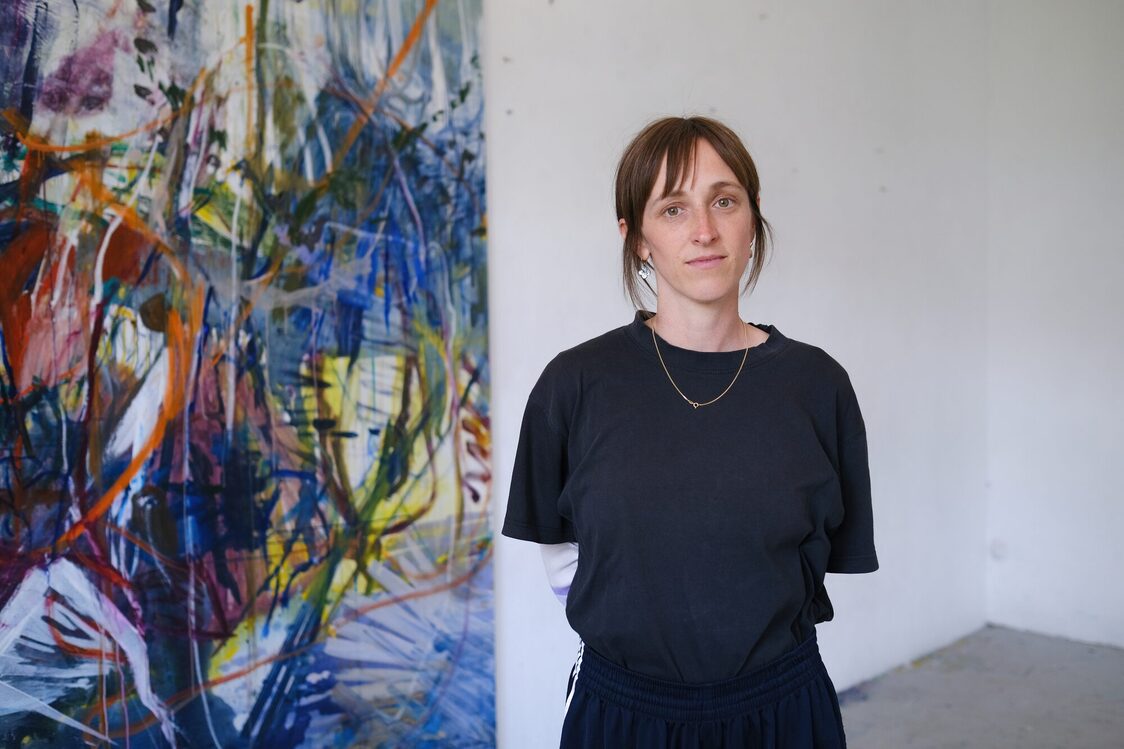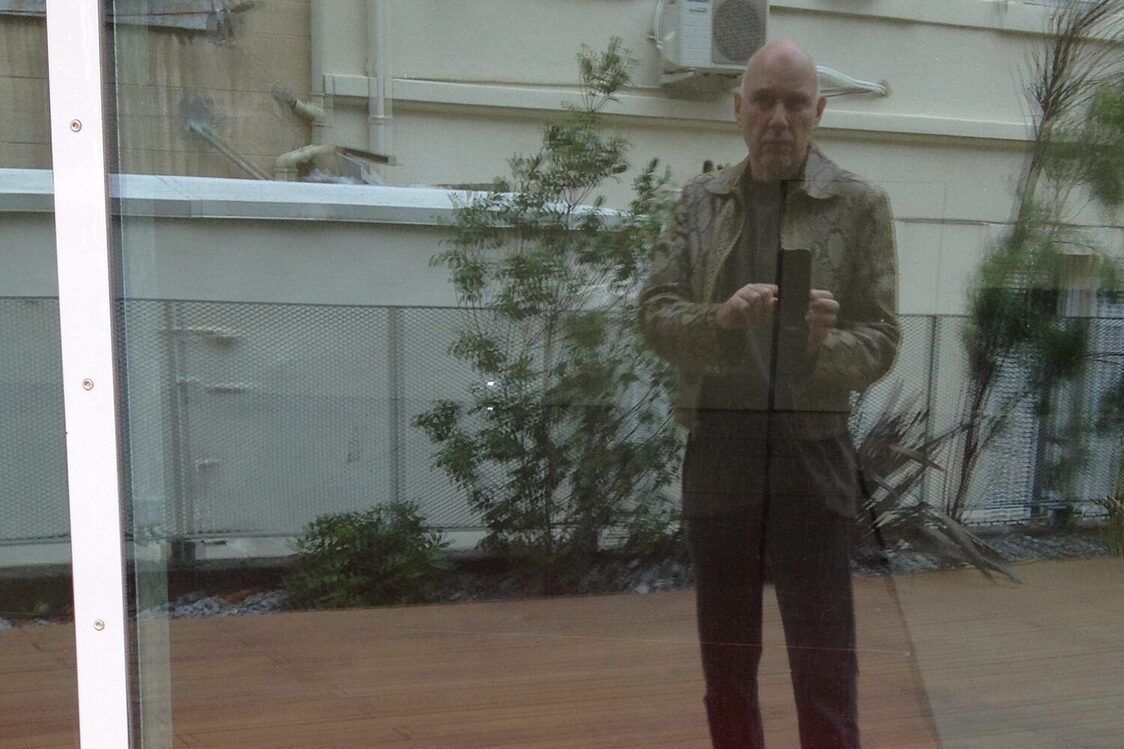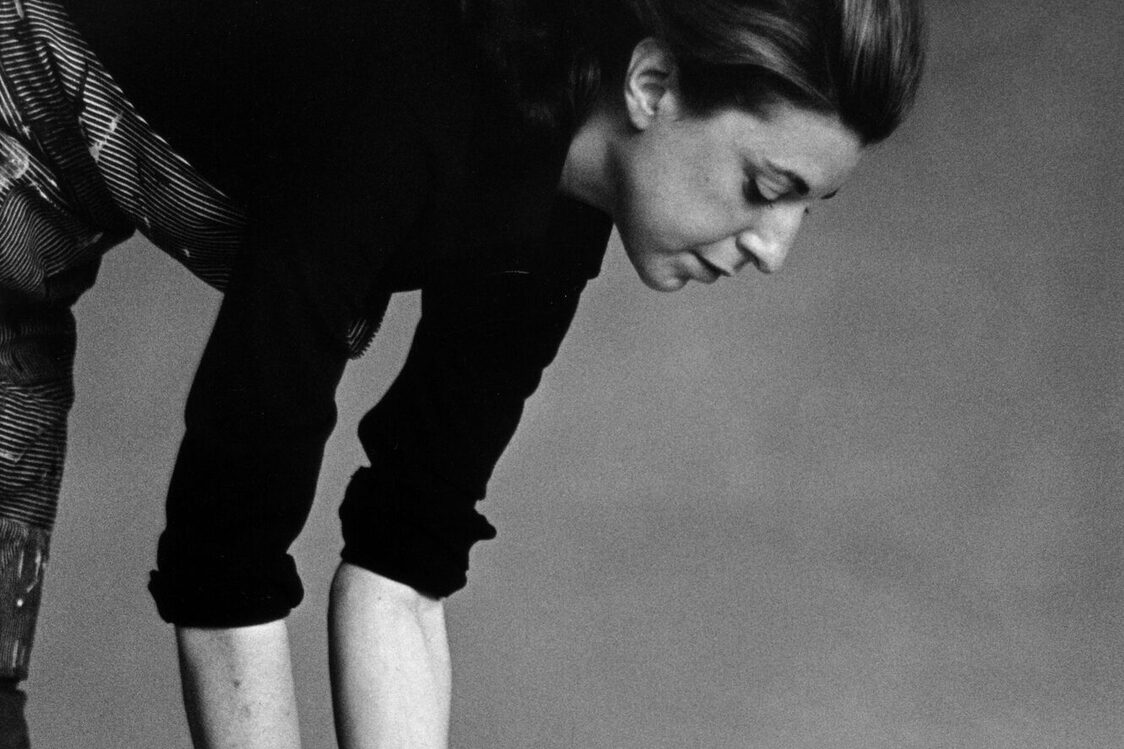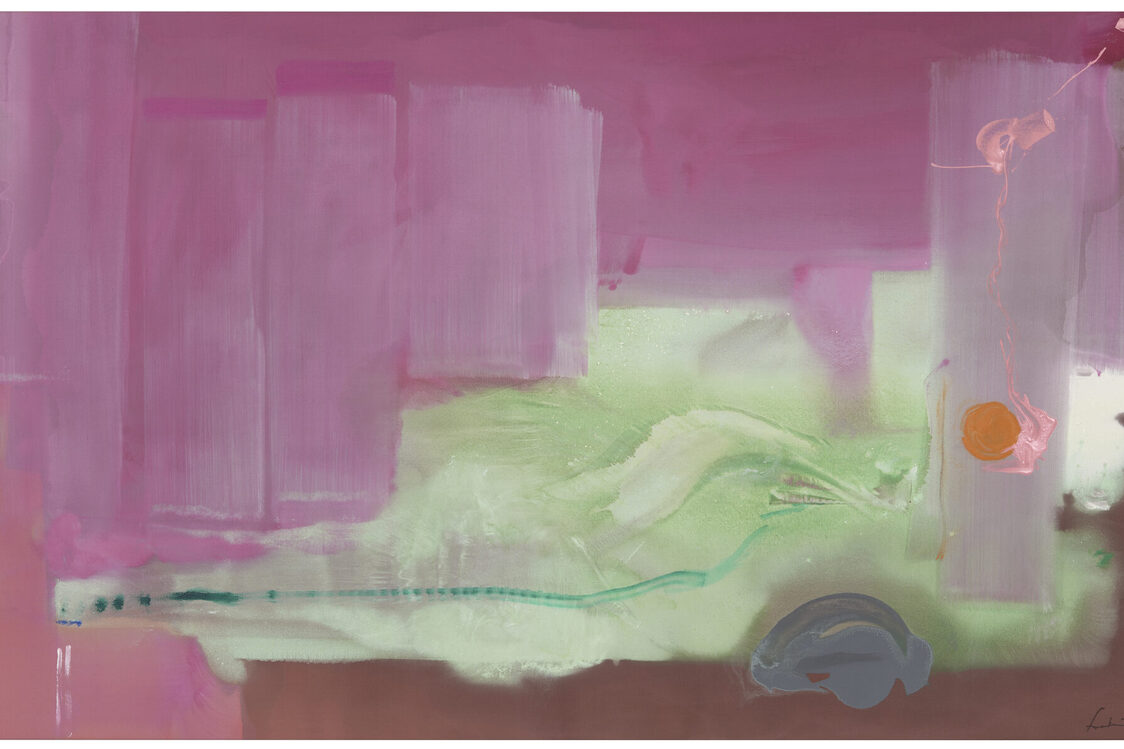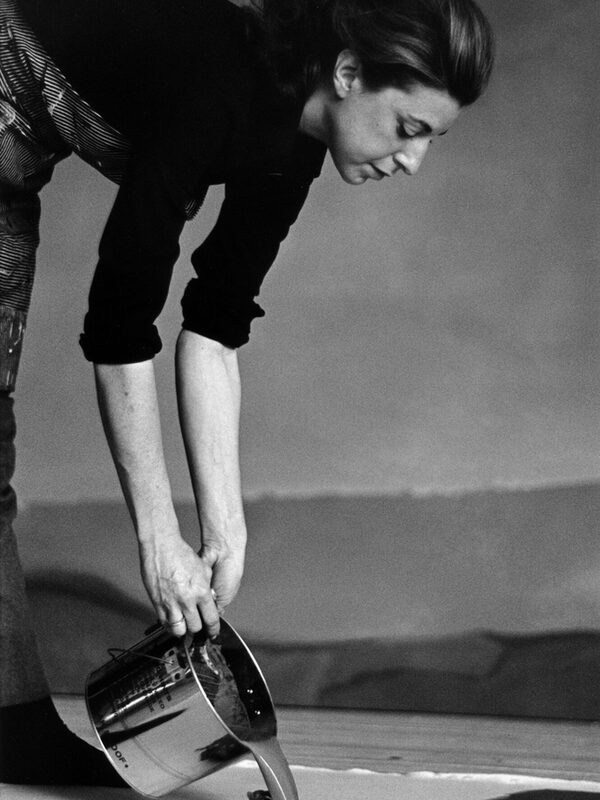mre: Helen Frankenthaler moves
An exciting exhibition awaits you at the Museum Reinhard Ernst until February 22: "Helen Frankenthaler moves"! Three contemporary artists have explored the works of the key figure of American color field painting - Helen Frankenthaler - in their very own way.
Why "Helen Frankenthaler moves"? Because the pioneering American artist Helen Frankenthaler (who died in 2011) moves - in this case the three artists Jenny Brosinski, Ina Gerken and Adrian Schiess. This exhibition is a treasure - and the perfect opportunity to visit the Museum Reinhard Ernst (once again)!
Exciting: the concept
The Reinhard Ernst Museum has the most extensive private collection of works by Helen Frankenthaler in the world. For the exhibition, Jenny Brosinski, Ina Gerken and Adrian Schiess - each in their own right - selected works by the artist from the Reinhard Ernst collection and staged a hanging of their own works. They were free to choose both the works and the exhibition space. The result: an extraordinary juxtaposition and encounter of abstract art!
Who is Helen Frankenthaler?
Helen Frankenthaler (1928 - 2011) was one of the most influential artists of post-war American painting and a key figure in the development of abstract art in the second half of the 20th century. She is particularly known for her innovative use of color and her role in the development of color field painting and Abstract Expressionism.
She is particularly known for her development of the "soak-stain" technique: she dripped liquid acrylic paint directly onto unprimed canvases so that the colors seeped into the fabric and formed transparent, almost "atmospheric" surfaces. This enabled her to take painting into a new dimension - less gestural than that of the Abstract Expressionists, but just as emotional and powerful.
Quellgeflüster tip: In the six-part storytelling podcast "FRANKENTHALER" (opens in a new tab), journalist Salwa Houmsi talks about the artist and exchanges views with exciting guests such as bestselling author Florian Illies.
Dr. Oliver Kornhoff, Director mreThe exhibition impressively demonstrates that Frankenthaler's painterly diversity and pioneering spirit are still moving today.
Room 1: Adrian Schiess
Large-format works that lie on the floor? Typical of Adrian Schiess. In the 1980s, he developed a series of large-format lightweight panels lying on the floor, whose reflective color surfaces consist of an aluminum top layer. Initially, he painted them himself: Layer by layer with industrial paint. In 1990, he decided to take a radical step: he had the panels sprayed by professional painters and coated with an effect paint. In this way, he completely dispensed with his painterly signature. The result is immaculately smooth, glossy surfaces that react to light, space and movement.
Schiess first encountered Frankenthaler's work in the early 1980s on a trip to New York: "What fascinated me was this dissolution of the boundaries of the image, the liberation of color and the fluidity that runs more or less strongly through the work from beginning to end."
Room 2: Jenny Brosinski
Jenny Brosinski and Helen Frankenthaler have much more in common than just the medium of painting: courage and a willingness to take risks are the driving force behind the work of both artists. Taking risks, being surprised, experimenting, wanting to push painting further. With these words, Frankenthaler described her working method, which Brosinski shares in that she recognizes supposed painterly accidents, consciously continues to work with these elements and develops unforeseen compositions from them. She became acquainted with Frankenthaler's work during her art studies.
Jenny BrosinskiI deliberately chose works from the 1960s in which she actively engages with the free and unpainted surface of the canvas.
Like Frankenthaler, Brosinski also works on unprimed canvas - a raw material that not only mercilessly reveals the creation of the picture, but also stores it forever. Every brushstroke, every drop of paint remains visible. Corrections are seen as a productive coincidence.
Maintaining the playfulness and lightness in a work is particularly important to her. That is why she begins each work on the floor. In the further process, she straightens the picture in order to make more concrete decisions and to react to the playful basis. Brosinski wants to maintain the greatest possible openness in her works and free them from anything unnecessary.
Room 3: Ina Gerken
Spontaneity and intuition play a key role in the creation of a painting by Ina Gerken. It is a process that is full of surprises for the artist herself.
In her works, expressive painterly gestures and smears meet the completely free flow of watery color.
Ina GerkenBy working with Helen Frankenthaler, I experienced how liberating it can be to relinquish control and lose yourself completely in the picture.
In order to minimize conscious intervention in the painting process, the artist works quickly and frequently changes position. Sometimes she creates her works on the wall, sometimes she enters the picture by working on it on the floor - like Frankenthaler, whose work inspired Gerken to do so: "I was particularly fascinated by the great simplicity, lightness and conciseness of her work. Inspired by this, I started painting on the floor myself. I was particularly impressed by the non-resistance of the paint, the way it spread almost by itself on the canvas. It felt like letting go - more like observing than creating, more like being a mediator between paint and canvas than intervening in a controlling way."
Room 4: Meeting of all positions
All four positions come together in the light-flooded "Cathedral", the sculptural space in the Museum Reinhard Ernst. In their interplay, an exchange of two artistic opposites unfolds along the walls and on the floor. On the one hand, there is subjective expression - the handwriting with which artists consciously inscribe themselves into the work. On the other is the attempt to dissolve authorship and relinquish control to material, chance or the pictorial process.
Supporting program:
- January 25, 12 to 6 p.m.
All about ... Helen Frankenthaler
Program with lecture, workshop, guided tours, film screening and podcast - February 18, 6 p.m.
Artist talk with Jenny Brosinski and curator Lea Schäfer - Soak-stain workshop with Studio Stiller
Information, dates and registration at www.studiostiller.com (opens in a new tab)

